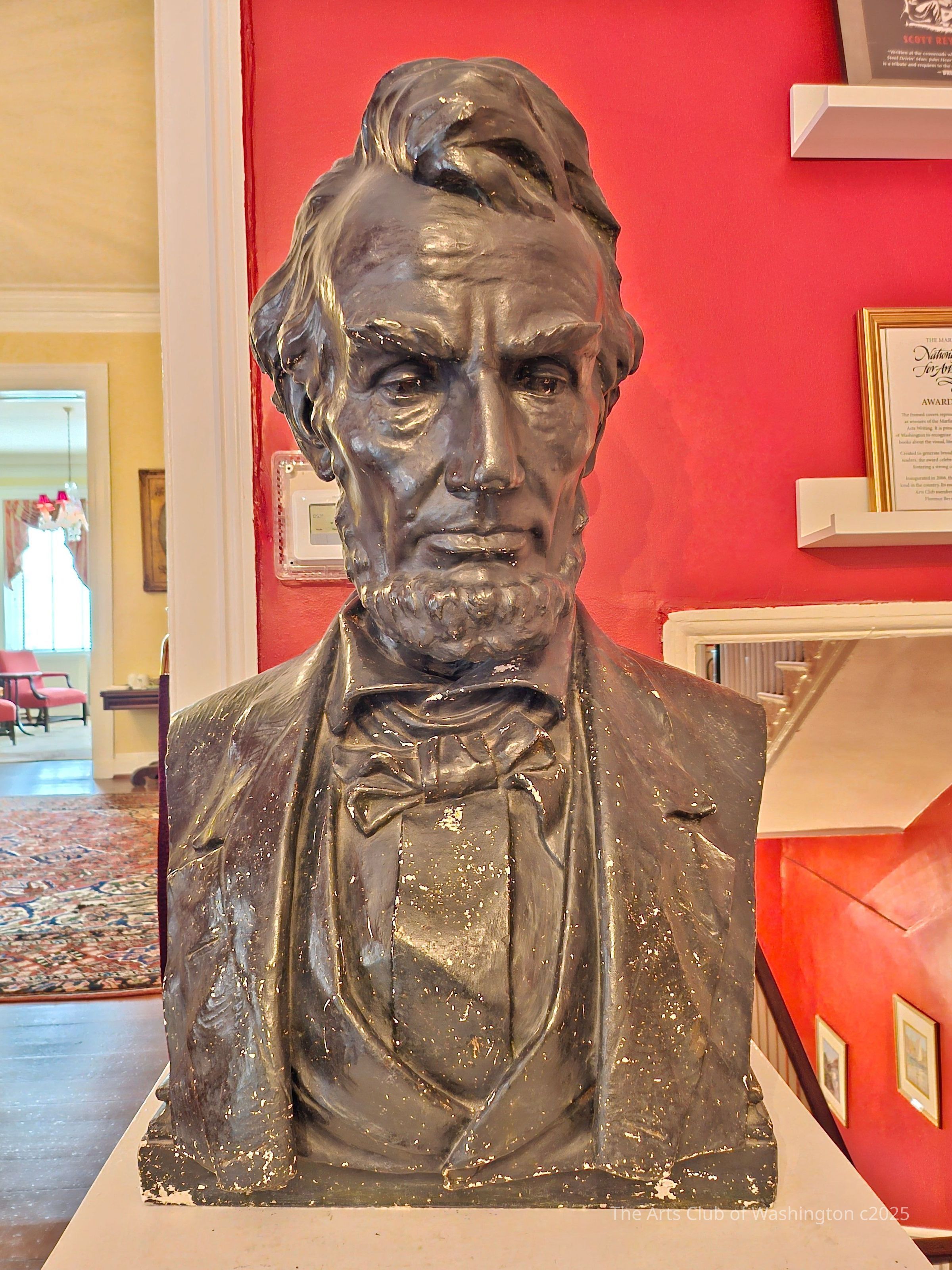Note Type
Historical Background and OverviewNote
Abraham Lincoln (1809–1865) was the 16th president of the United States from 1861 until his assassination in 1865. Lincoln led the Union through the American Civil War to defend the nation as a constitutional union and succeeded in defeating the insurgent Confederacy, abolishing slavery, bolstering the federal government, and modernizing the U.S. economy.
Henry Kirke Bush-Brown (1857-1935) was an American sculptor, and the first president of The Arts Club of Washington in 1916. Raised in Newburgh, New York, Bush-Brown attended the National Academy of Design in New York City. He is best known for his Gettysburg Battlefield monuments, including equestrian bronze sculptures of General George Meade, General John Reynolds, and General John Sedgwick.
This plaster cast of President Abraham Lincoln was used to model the completed bronze sculpture that serves as the centerpiece of the Lincoln Speech Memorial at Gettysburg National Battlefield, dedicated in 1912. It commemorated the president’s immortal November 19, 1863 address, which ended with Lincoln’s fervent prayer that the sacrifices of the Civil War would result in “a new birth of freedom” and ensure “that government of the people, by the people, for the people, shall not perish from the earth.“
